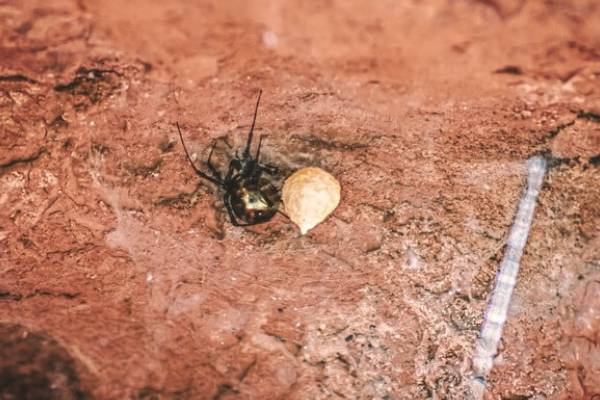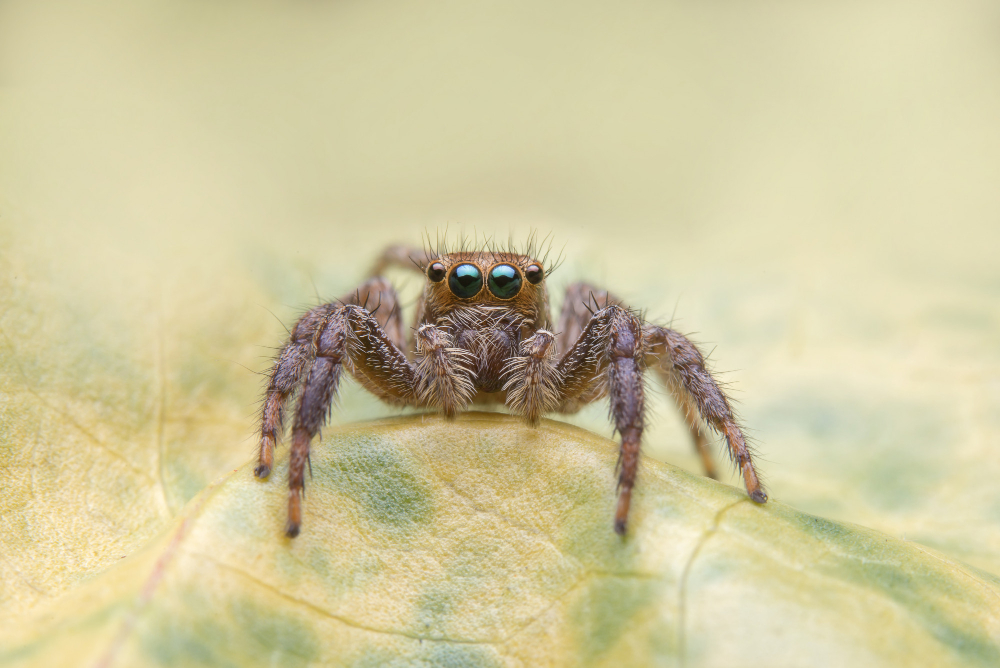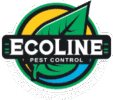Identifying and Managing Spider Infestations in Utah Homes

Spiders are common in Utah homes, particularly in areas where climate and seasonal patterns support their activity. While many species are harmless and even beneficial for controlling other pests, certain spiders can become a concern when they invade living spaces in significant numbers. A spider infestation can cause discomfort, create health risks from venomous bites, and indicate other pest problems that serve as a food source.
Understanding how to identify spider activity, recognize conducive conditions, and implement effective management techniques is essential for maintaining a safe and comfortable home. Utah’s mix of urban neighborhoods, rural properties, and varied seasonal conditions means homeowners need targeted strategies for prevention and control.

Recognizing the Signs of a Spider Infestation
Not all spider activity signals a problem, but certain signs suggest a growing infestation that requires attention.
- Frequent sightings of spiders in multiple rooms, particularly in basements, garages, and storage areas
- Presence of egg sacs in corners, behind furniture, or in closets, indicating reproduction is occurring indoors
- Multiple webs of varying sizes, especially in undisturbed areas like attics or crawl spaces
- Dead insects in webs, showing active hunting and a sufficient food source nearby
Some Utah species, such as black widows and hobo spiders, carry potential health risks due to their venom. Identifying these species is important to assess the level of threat. If webs and egg sacs continue to appear after cleaning, it is likely that the source of the infestation remains untreated.
Common Spider Species in Utah Homes
Several spider species are more frequently encountered in Utah households. While many are non-aggressive, knowing their characteristics helps with effective management.
- Black Widow Spiders – Recognizable by their shiny black bodies and red hourglass markings, these spiders prefer dark, sheltered areas like woodpiles and sheds
- Hobo Spiders – Often mistaken for brown recluse spiders, they create funnel-shaped webs in basements, window wells, and storage areas.
- House Spiders – These common invaders spin webs in corners and ceilings, feeding on a variety of indoor insects.
- Wolf Spiders – Large, fast-moving hunters that do not spin webs; they roam in search of prey, often entering homes in search of warmth.
The presence of certain spider species may indicate an increase in other insects within the home, as spiders often follow their food supply. Seasonal patterns in Utah can influence spider activity, making awareness of pest trends useful for timing preventive measures.
Preventing Spiders from Entering the Home
A proactive approach is the most effective way to reduce the likelihood of a spider infestation. Homeowners can take several steps to make their property less appealing to these pests.
- Seal gaps, cracks, and openings around windows, doors, and the foundation to block entry points
- Install door sweeps and repair torn screens to prevent spiders from slipping indoors
- Reduce outdoor lighting that attracts flying insects, which are a primary food source for spiders
- Keep storage areas organized and free of clutter, limiting hiding spots
- Regularly remove webs from ceilings, corners, and outdoor structures to disrupt breeding activity
These measures not only deter spiders but also help reduce other pests that may be attracting them indoors. Combining prevention with regular cleaning significantly lowers the risk of recurring problems.
Effective Management Strategies for Spider Infestations
When a spider infestation has already developed, more focused measures are necessary to eliminate the problem. The best approach addresses both the spiders and the conditions attracting them.
- Thorough vacuuming to remove spiders, webs, and egg sacs from affected areas
- Adjusting humidity levels in basements and crawl spaces to make conditions less favorable
- The use of sticky traps in corners, under furniture, and along baseboards to monitor and capture activity
- Targeted treatments in cracks, crevices, and entry points to disrupt harborages
- Addressing the underlying insect populations that serve as a food source
For guidance on practical removal techniques, homeowners can review spider control tips that focus on safe and effective methods. If spider sightings persist despite these efforts, professional intervention may be necessary to ensure the infestation is fully resolved.
Long-Term Control and Monitoring
Maintaining a spider-free home requires ongoing vigilance and attention to seasonal changes. Since spider populations often fluctuate with the availability of prey and favorable conditions, continued monitoring is essential.
Homeowners should:
- Schedule seasonal inspections to detect early signs of infestation
- Maintain a clean home environment to reduce hiding spots and prey insects
- Address outdoor conditions, such as overgrown vegetation and stacked firewood, that attract spiders closer to the home
- Repair structural vulnerabilities promptly to prevent new entry points
By combining consistent prevention with responsive management, Utah homeowners can keep spider populations under control year-round, safeguarding both comfort and safety.
Keep Your Home Clear of Unwanted Webs
Spiders play an important role in nature, but when they invade living spaces, they can create stress and potential risks for residents. Early identification and consistent management are the keys to preventing infestations from escalating. For effective spider control solutions tailored to your home, contact Ecoline Pest Control today.


